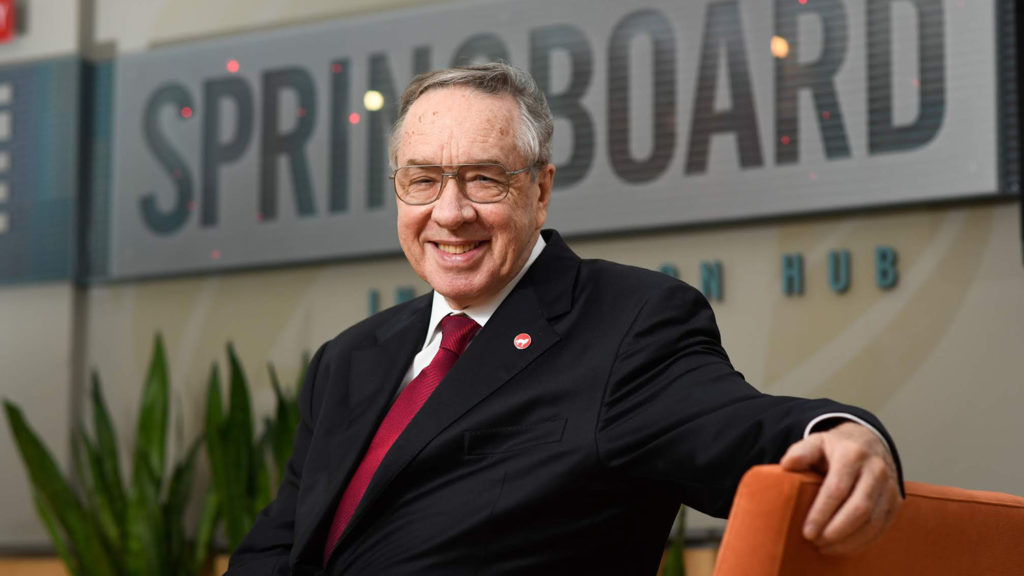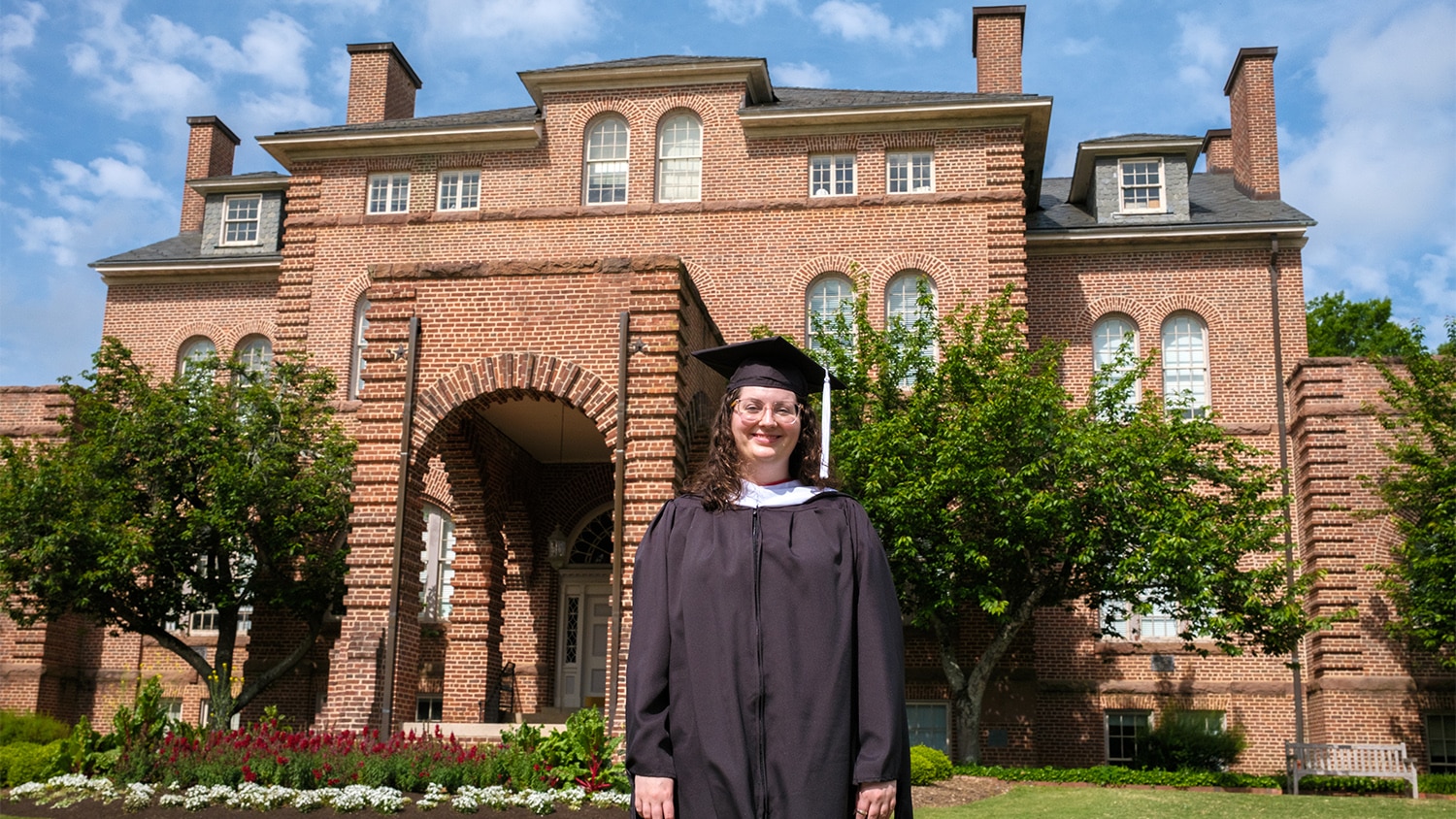5 Questions: Michael Cobb
Political science professor Michael D. Cobb and his students just concluded the fifth Pack Poll, an email survey of political opinions on campus. This time, both student and faculty opinions were collected, and with surprising results. Cobb chats with the Bulletin about his political survey and the challenges of national electoral polling.
What were the surprising outcomes to this year’s Pack Poll?
We discovered NC State students are evenly split between presidential nominee Mitt Romney and President Barack Obama. The Pack Poll finds 44 percent of students would vote for Romney while 42 percent prefer Obama. Then, 81 percent of faculty would vote Obama while 15 percent favored Romney. This was surprising given we are a STEM-emphasis university — engineering and mathematics focused faculty are typically more conservative.
Are national poll response rates diminishing?
Recent Pew Research Center polls sometimes have had fewer than 10 percent response rates. A decade ago response rates were 20 percent, a decade earlier 30 percent and then 40 percent. What I would question is does the sample stand for the whole anymore? Or are the kinds of people that pollsters talk to becoming fewer? Overall the Pack Poll had a high response rate – about 40 percent from faculty and 20 percent from students.
What common misconceptions exist regarding election polls?
People who have never been polled before question whether polling is real. Yet, because so few people are polled you are more likely not to be polled than polled. I also see more conspiracy theory interpretations of results. Republicans claim the polls are over sampling Democrats. The Left believes the voting machines are cooked, in favor of Republicans. Democrats have accused agencies like The Gallup Poll of rigging. I don’t buy it – if a company’s only product is producing good polling data, why tarnish its brand by fixing results?
Do you have faith in election polls?
There are future challenges such as cellphone-only individuals; the current gold-standard is sampling by households with landlines. Declining response rates from people screening calls is another problem. But polling companies are always refining their sampling methods and polling in the aggregate is pretty predictive when it comes to election outcomes.
What has been the most interesting election for you as a political scientist?
Easily the 2000 election between Democratic candidate Al Gore, then vice president and George W. Bush, then the governor of Texas, because of the variety of flaws it exposed. Most elections aren’t close enough where errors matter. The depths of the failings of our electoral administration were laid bare in that election —a good thing – because that allows you to build on ways to improve.
Art created by political science junior Chu En (Joanne) Wu.
- Categories:


